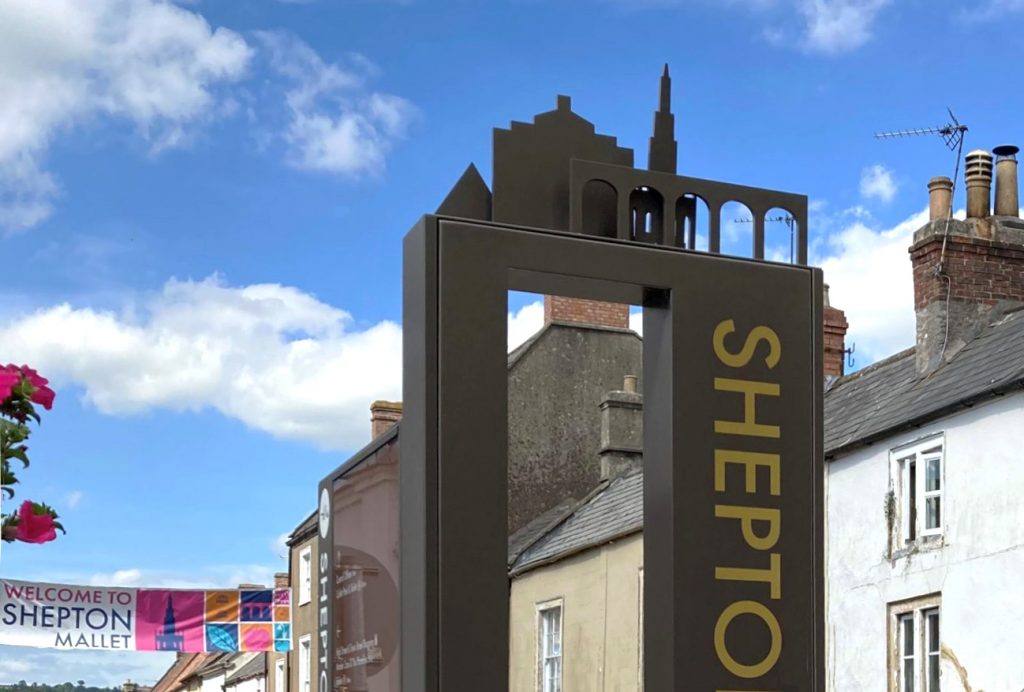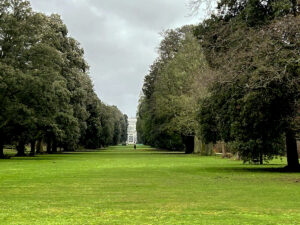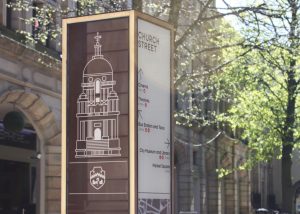What are the ingredients of a successful place?
And where does wayfinding fit into that picture?
People often (perhaps understandably) assume that, here at Placemarque, we “do signs”.
Well, we do “do signs”.
But, in fact, that is only one small piece of the puzzle, and only one aspect of how we help you to create brilliant places.
So this September, as we all step into a new season with renewed energy from the summer break, we’re setting out our tips on successful placemaking. We’ll identify the crucial ingredients to a good place, and how we can help you to achieve it.
Ingredient one: storytelling
We believe every place has a story to be told. Whether your place’s accolade is that it’s the birthplace of Babycham or is Britain’s first seaside spa resort, these are the stories that form a place’s unique personality. These stories form the foundation of a successful place brand because, of course, a brand is far more than a logo.
We encourage our clients to do some navel gazing and ask honest, back-to-basics questions:
- Why did your town develop and where were its origins?
- How has it grown over time and why?
- What are the stories of your place? Who lived there?
- What is its current raison d’être?
We carry out our own research and talk to local experts to unearth stories that resonate. These stories always inform our strategies and designs, which is why all our solutions are completely bespoke and never off the shelf.
What is your place’s brand?
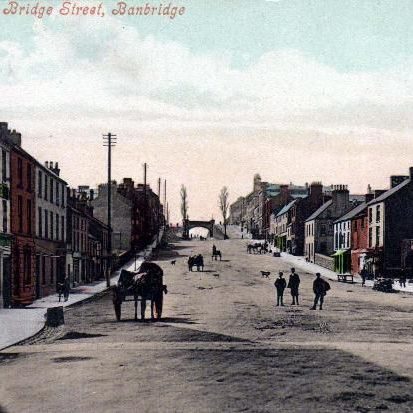
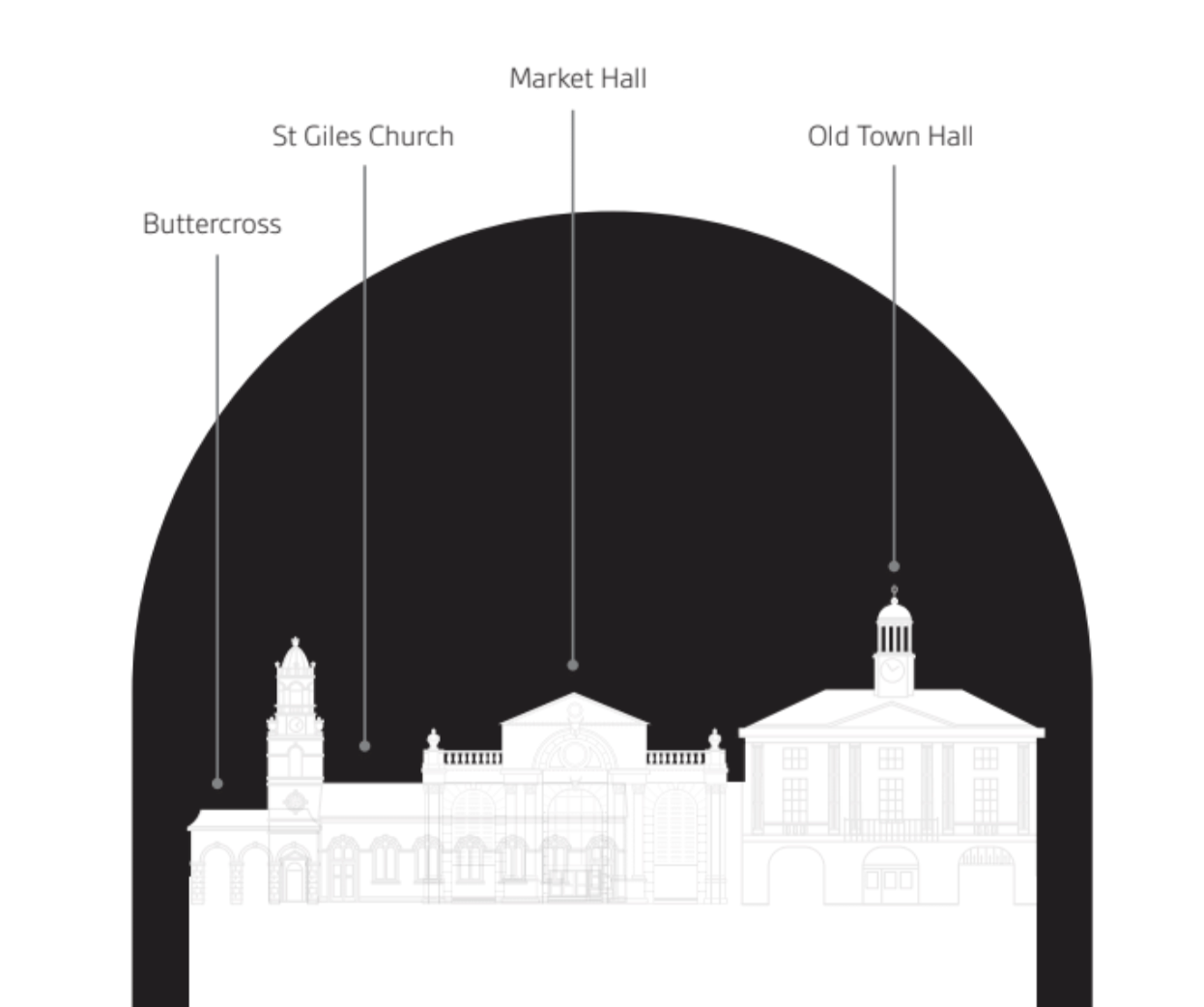
For example, discovering the significance of Banbridge’s unique underpass, the Cut, helped us to understand the town’s unusual streetscape and informed our wayfinding strategy for the town. And in Pontefract, our signs incorporate an arched top to reflect the distinctive design of the Pontefract Cake plus a cut out of key historic buildings in the town’s skyline.
Ingredient two: form and function
Layered upon a place’s story is how it actually works for people. We ask:
- What uses are there, and how do these serve people?
- Can you picture the town in your mind? Where is its centre and defined areas?
- How well connected is your place, and how successfully does it prioritise active transport over vehicular?
- Does your place foster social interactions? Is it a place where people can easily meet and strengthen social connections?
This is all about walkability and convenience as well as providing an attractive and healthy place that offers something for all ages.
We conduct stakeholder engagement as well as carrying out our own audit before we put pen to paper. That’s because we need to get to grips with a place’s functional challenges as well as what works well.
How do your places and spaces work for users?
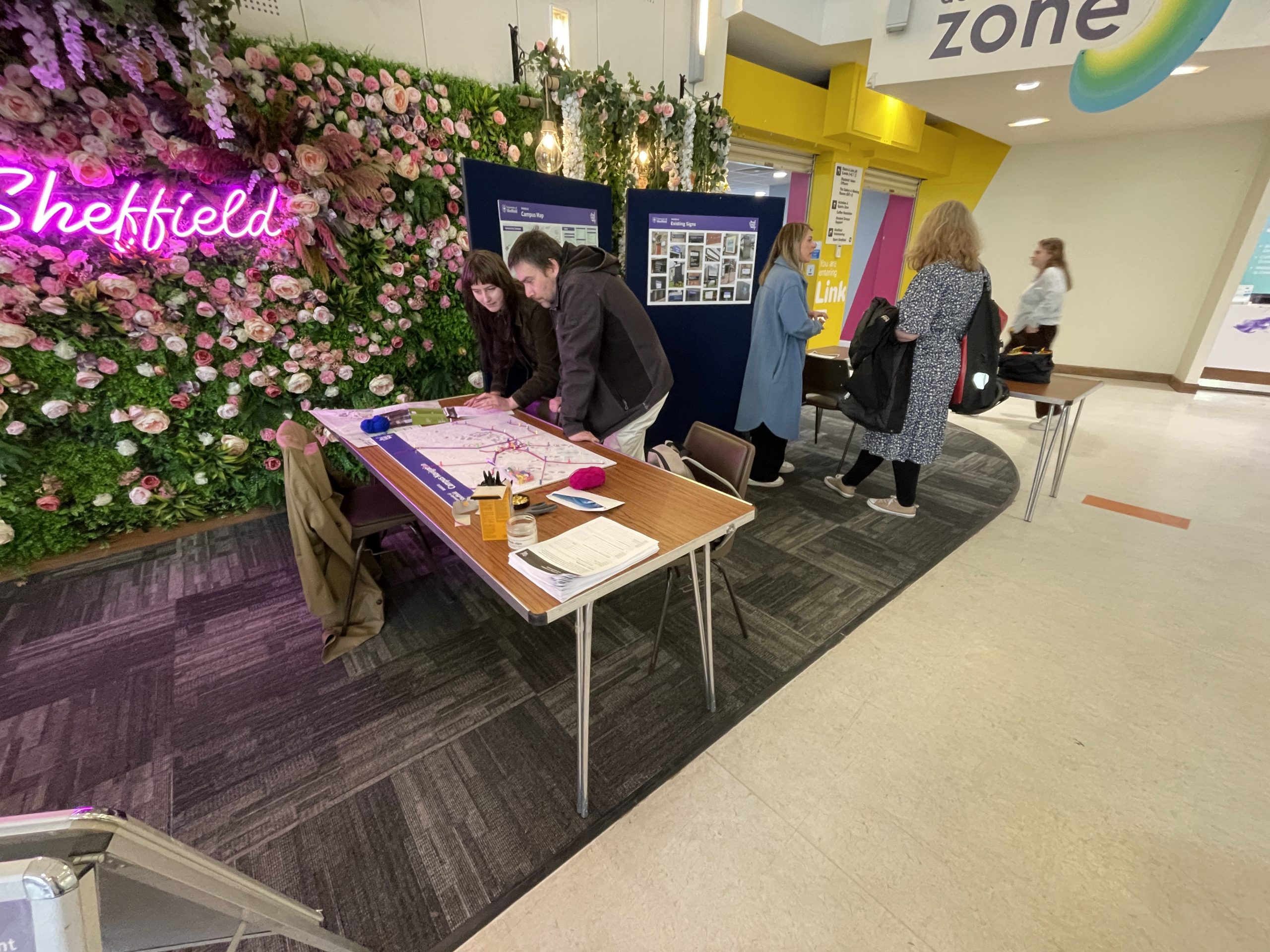
At Sheffield University, our stakeholder engagement helped us better understand common problems like the campus being severed by a major highway.
Often our involvement is timed to align with the physical redevelopment of a place, like Stretford Mall or Wellington Place. It’s the right time to join forces and make sure that the buildings – and the spaces between them – are legible and communicate a sense of place.
Ingredient three: wayfinding
The wayfinding (yes, this element does include signs as the output) is the glue that brings all these factors together.
It takes more than a series of beautifully branded signs to create a successful place but, when informed by a proper understanding of a place and coordinated with successful physical interventions, the right wayfinding solution pulls the pieces together.
Complex urban environments always present navigational challenges so we work hard to create a clear and unambiguous hierarchy of information: we give the right information at the right time, rather than information overload.
Getting the wayfinding right for a destination means:
- ensuring people can find a place and know they have arrived,
- using wayfinding to gently but clearly nudge people around as they find their way,
- then ensuring the brand is applied to reinforce its distinctive character.
This is how to encourage people to stay a little longer and walk a little further.
Can people get to where they want to, and enjoy exploring your place?
Our work over the years in Boston has helped visitors to step out confidently and explore beyond the town centre. Our scheme tied into a fantastic art trail formed of navigation buoys (there’s the unique storytelling enhancing visitor experience) to link the town centre with nearby RSPB reserves and the town’s historic Pilgrim Fathers memorial.
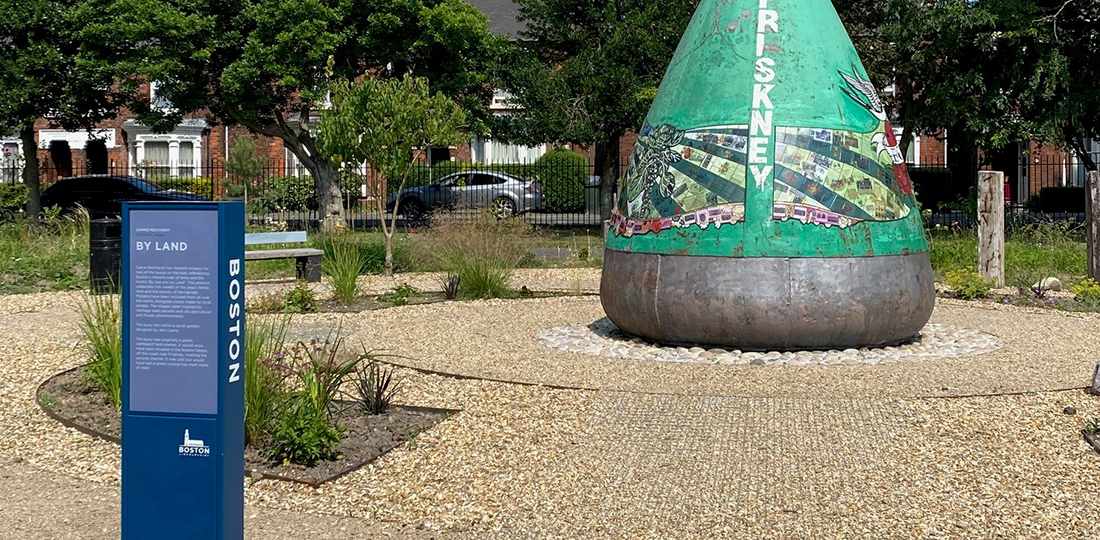
So, what makes a great place?
Successful placemaking requires more than a good logo. Yet there is no one single characteristic of a place which alone makes it great, rather, a combination of key aspects that come together to create a sense of place.
The best places:
- Offer something for all ages – this is the core of a successful place and the reason for people to come. There needs to be range of functions for different people and this isn’t something that wayfinding, alone, can fix.
- Have a distinctive and memorable character – the area needs both an identity and a story. It is somewhere that people can picture in their head.
- Offer an opportunity to mix and provide areas to encourage socialising and to stay a while.
- Are easy to get to and around – they offer easy, legible connections and provide the right information at the right time.
No two places are the same. Yet, whether it’s a town, a commercial development or a university campus, they all need to be legible and communicate a sense of place.
This isn’t just about signs.
That’s why we work closely with local authorities, developers and institutions to understand the brief and to develop bespoke wayfinding strategies. We cut through complexities with simple, high-quality designs that enable everyone to engage with their surroundings.
Our team boasts a diverse set of skills: from architects and masterplanners, to graphics and UX designers. It means we are uniquely positioned to understand the complexities of user requirements and have the insight and design skills to deliver exciting and beautiful results.
Every place has a story to uncover. The magic happens in the mix of place branding, a built form that works and in an understanding of people movement.
That’s how to create successful places that encourage people to stay a little longer and walk a little further.

